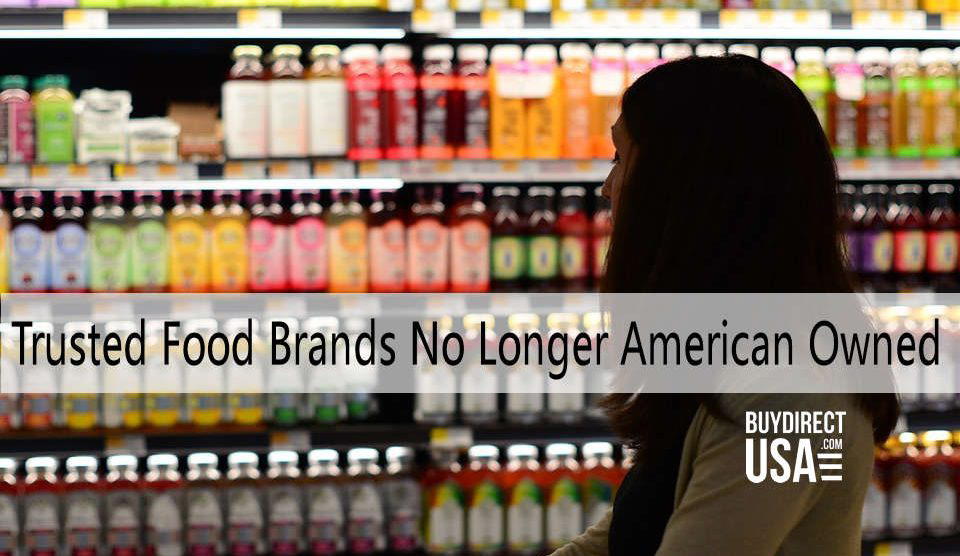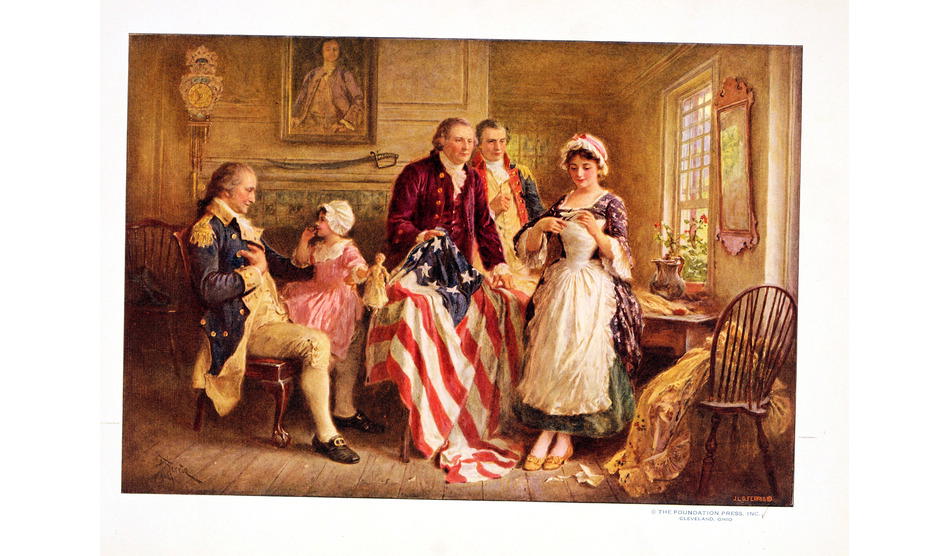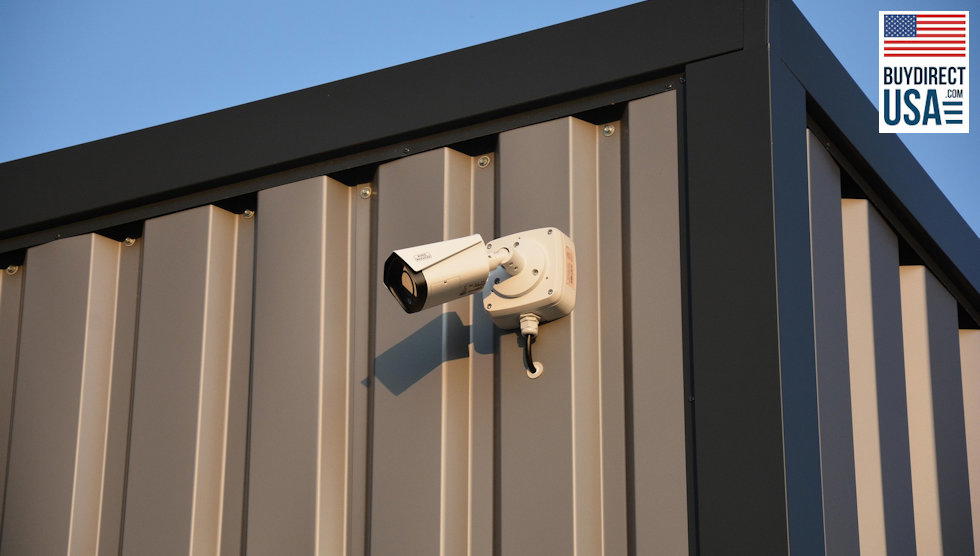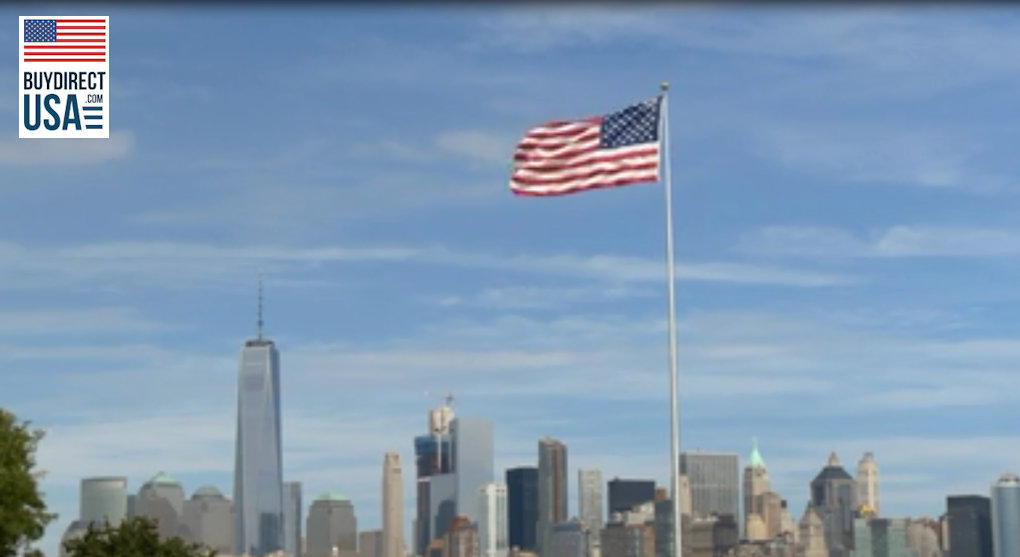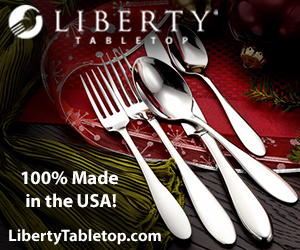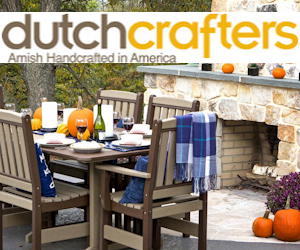How Many Products in Your Pantry are No Longer American Owned?
When consumers find a brand they like and trust they tend to stay loyal to that brand. In a 2016 survey by Brandspark International they found that “66% of people will stick with their preferred brand name when shopping at the grocery store.” Many brands that American consumers choose are brands that were created in the USA and manufactured here.
Brands such as Philadelphia, Ritz, Heinz, Pringles, Gerber, Coca-Cola, Pepsi, Toll House, Keebler, Lays, Ruffles, Snickers, Hellmans, DiGiorno and more are well known by consumers and many are household names.
But how many of these brands and other brands that you are familiar with at the grocery store are still American owned? Surprisingly not as many as you think.
It is unfortunate that while consumers are loyal to trusted brands and products it seems that they may not have all the facts when it comes to the brands they know and love. Many would be surprised to find out that a large percentage of the products they buy are no longer American owned and have been sold to foreign owned investment groups and businesses.
It seems that American Brands mean big business for foreign investors and they are snapping up brands that are well known and trusted by American Consumers. They have found that it’s more profitable to buy an established brand rather create a new brand and spend the marketing dollars to make it a household name.
Of course most consumers aren’t even aware when a brand is sold unless it happens to create controversy such as the sale of Smithfield Foods to China in 2013.
Trying to figure out which food brands are American owned and which are owned by foreign investors can be tricky. Many still have their headquarters in the United States as well as factories and distribution. Plus many have subsidiaries, divisions, change their names and the like. The packaging does not give the consumer any indication about who owns the company. It only tells you if the product was made in another country.
An Example of a Familiar Food Fod Company that is No Longer American Owned
Most consumers probably believe that Kraft Foods is an American owned company. Unfortunately that is no longer true. Kraft foods was restructured in 2012 as a spinoff from Kraft Foods, Inc which was then renamed Mondelez International. Then in 2015 the company was merged with Heinz which is owned by Berkshire Hathaway and Brazilian 3G Capital under the umbrella of the Kraft Heinz Company. So Kraft foods is now a Brazilian owned company.
Their brands include: Philadelphia Cream Cheese, CapriSun, Velvetta, Smart Ones, Planters, Kool-Aid, Jell-O, Kraft Macaroni & Cheese, Smart Ones, Oscar Meyer and Ore-Ida. Plus the Nabisco name under which baked goods such as Oreo, Chips Ahoy, Triscuit and Premium Crackers. Some of which are still made in the USA and some such as Oreo cookies which have moved their operations to Mexico, etc.
Some would argue that although the products and brand names are owned by foreign businesses and investment groups at least production of these products is still being done in the USA. Unfortunately this may not always be the case. For example, most Oreo production was moved to Mexico in 2016 and laid off 600 workers in their Chicago factory. Mondelez International invested $130 million dollars in four new cookie and cracker production lines in Mexico.
In 2017 Mondelez International, which is owned by Brazilian 3G Capital has invested “$380 million dollars to build a new factory in Brazil that will produce Heinz and Want foods, such as ketchup, mustard, mayonnaise and tomato sauces.”
How long before these foreign investment groups decide that moving all production out of the United States would be better for their bottom line and their shareholders?
Food Brands that are No Longer American Owned
Here is a short list of products that are no longer owned by American companies.
Nestle is owned by a Swiss company and has brands like Zephyrhills, Poland Spring, Ozarka, Shredded Wheat. Goobers, Raisinets, Butterfinger, Baby Ruth, DiGiorno Pizza, Hot Pockets, Skinny Cow, Gerber, Toll House cookies.
Unilever is a British-Dutch company and owns brands like Hellmans, Ben & Jerry’s, Best Foods, Breyers, Popsicle, Klondike, I Can’t Believe it’s Not Butter and more.
Mondelez is owned by 3G Capital a Brazilian investment group and owns brands like Chips Ahoy!, Oreo, Triscuit, Trident, Ritz and more.
KraftHeinz is owned by 3G Capital a Brazilian investment group and owns brands like Kraft Macoroni & Cheese, Miracle Whip. Claussen, A1 Steak Sauce, Oscar Mayer, Planters and more.
Foreign Investors are Not Just Buying Popular Food Brands
And it is not just popular American food brands that are being bought by foreign investors. In 2014 “a Chinese company bought Motorola’s cell phone business for $2.9 billion” and in 2008 Beijing-based company, Lenovo, also bought IBM’s desktop-computer business.” AMC Theatres was sold to the Chinese Dalian Wanda Group in 2012. “Volvo is owned by Geely, a Chinese state-owned automaker, purchased from Ford Motor Co. in 2010.” Not to mention brands such as Purina, Vaseline and more are all foreign owned too. Love the TV show American Idol? It is owned by “Germany-based media conglomerate, Bertelsmann.” Sara Lee was purchased by “Grupo Bimbo, a Mexico-based food conglomerate” in 2011
This means that profits from the purchases Americans make are going to foreign investors not reinvested back in the USA.
What Can We Do?
Support manufacturers and their brands that are still owned by American companies over foreign owned brands. This includes: Pepsico, General Mills, Coca-Cola, Kellogg’s and Mars. With brands such as: Ruffles, Aquafina, Quaker Oats, Florida’s Natural, Corn Flakes, Keebler, Kashi, Cheerios, Annie’s, Cascadian Farms, and more. Read the labels when you make a purchase and choose Made in the USA as some food manufacturers have moved production to other countries even though they are American owned. Buy less prepackaged and processed food and more fresh fruits and vegetables.

